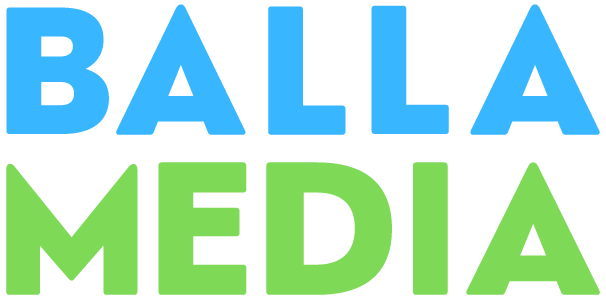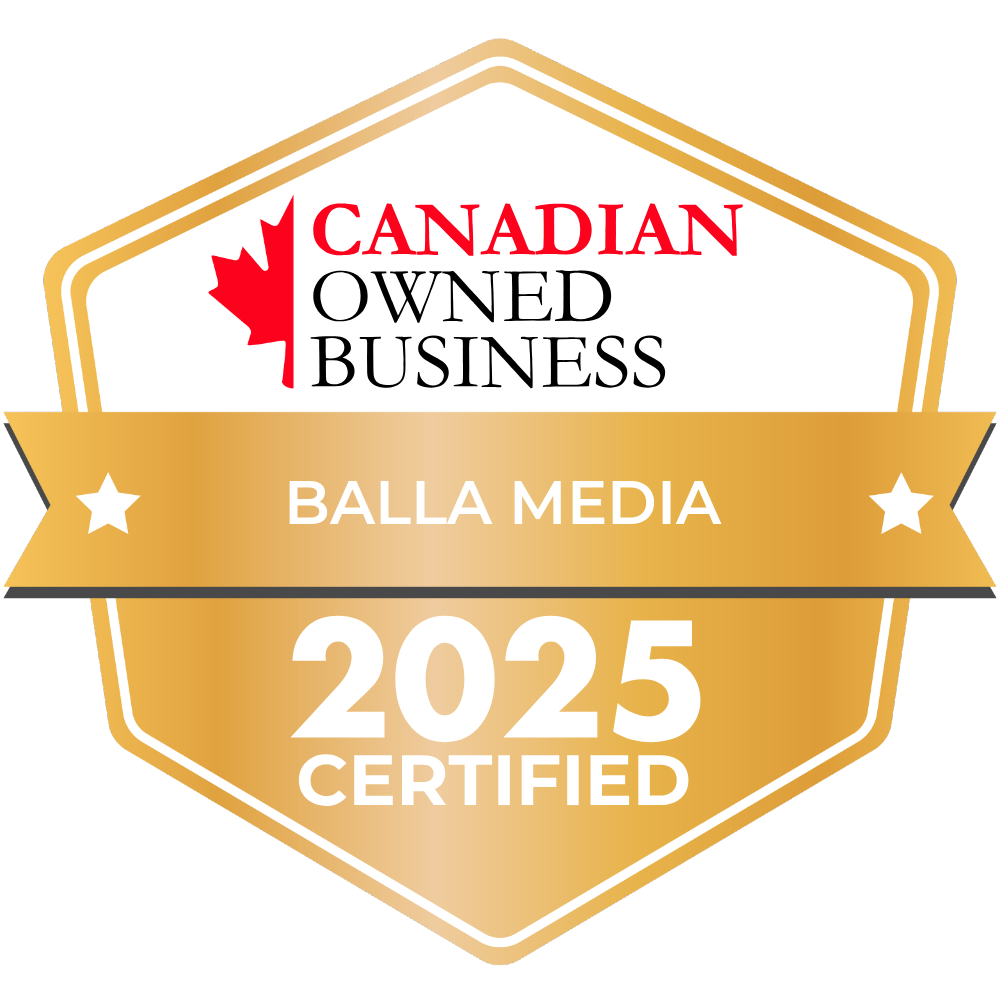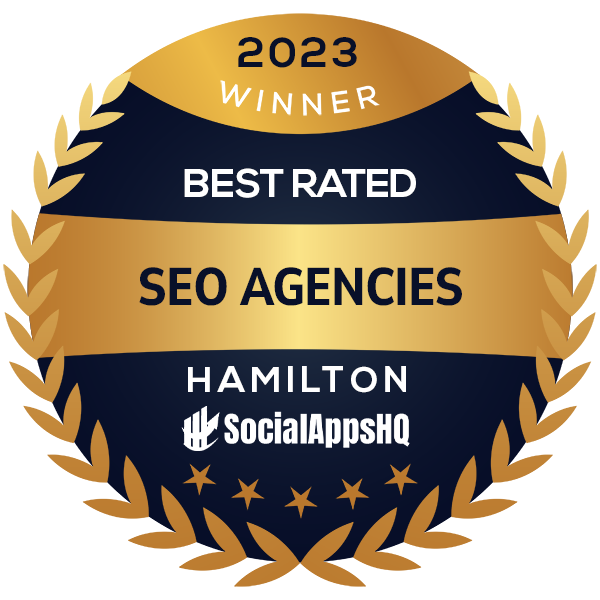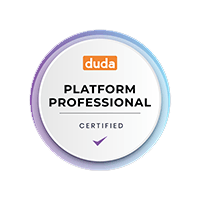Bridging the Gap Between Digital Marketing and Traditional Ads
In a world where marketing strategies are rapidly evolving, the marriage between digital marketing and traditional advertising has become more significant than ever before. Small business owners, digital entrepreneurs, and marketing professionals must understand how these two seemingly different approaches can work hand in hand to enhance brand visibility and drive business growth. This post explores the synergy between digital marketing and traditional ad placement,
offering insights and practical tips on integrating these strategies for maximum impact.

Understanding Traditional Advertising
Traditional advertising encompasses the tried-and-true methods of reaching consumers. This includes television, radio, print media, billboards, and direct mail. These platforms have been staples in marketing for decades, providing brands with a tangible presence in the real world. While digital marketing has gained popularity, traditional advertising remains relevant, offering unique advantages that digital strategies alone cannot achieve.
One key benefit of traditional advertising is its broad reach. Television and radio ads, for example, have the potential to reach millions of people simultaneously. This mass exposure can be particularly beneficial for brands aiming to raise awareness and establish credibility quickly. Traditional advertising also offers a tangible experience. Print ads in magazines or newspapers allow consumers to physically engage with the content, leaving a lasting impression.
Despite these advantages, traditional advertising requires substantial investment and may not be as targeted as digital marketing. However, when combined strategically with digital efforts, it can create a comprehensive marketing plan that leverages the strengths of both worlds.
The Rise of Digital Marketing
Digital marketing has taken the world by storm with its ability to target specific audiences, measure performance in real-time, and adapt quickly to changing trends. It includes online advertising, social media marketing, email campaigns, SEO, and content marketing. The rise of digital channels has opened up new opportunities for small businesses and marketers to connect with their audience more personally.
One of the main advantages of digital marketing is its cost-effectiveness. Unlike traditional advertising, which often requires significant spending, digital platforms offer flexible budgets and various pricing models. This allows small businesses and entrepreneurs to experiment with different strategies without breaking the bank. Additionally, digital marketing enables precise targeting. With tools like social media algorithms and search engine optimization, marketers
can reach specific demographics and tailor their messages accordingly.
Another significant benefit is the ability to track performance metrics. Digital marketing provides analytics and data-driven insights that help marketers understand what works and what needs improvement. This data-centric approach empowers businesses to make informed decisions and optimize their campaigns for better results.
Finding the Balance
Combining digital marketing with traditional advertising requires a strategic approach that considers each channel's strengths and weaknesses. By leveraging the unique benefits of both, businesses can create a well-rounded marketing strategy that reaches a diverse audience and maximizes impact.
To find the right balance, it's essential to understand your target audience and their preferences. Consider conducting market research to gain insights into their media consumption habits and determine where they spend their time. This knowledge will guide your decision-making process and help allocate resources effectively across digital and traditional channels.
It's crucial to maintain consistency in messaging and branding across all platforms. A cohesive brand identity reinforces your message and builds trust with your audience. Ensure that your digital and traditional efforts complement each other and create a unified brand experience.
Integrating Strategies for Success
Integrating digital marketing with traditional advertising requires careful planning and execution. Here are some practical tips to help you achieve success:
- Cross-Promote Across Channels: Leverage the power of both digital and traditional platforms by cross-promoting your campaigns. For instance, include your social media handles or website URL in print ads to encourage audience engagement online. Similarly, use digital channels to drive traffic to offline events or promotions, creating a seamless experience for your audience.
- Utilize Data for Insights: Digital marketing provides valuable data and analytics that can inform your traditional advertising efforts. Use these insights to optimize your traditional campaigns by understanding which messages resonate most with your audience. By aligning your strategies based on data-driven insights, you can improve the effectiveness of both digital and traditional channels.
- Enhance Customer Engagement: Combine traditional methods with interactive digital experiences to enhance customer engagement. For example, use QR codes in print ads to direct users to exclusive online content or promotions. This integration encourages active participation and delivers a personalized experience that strengthens the connection between your brand and audience.
Leveraging Social Media for Amplification
Social media has become a powerful tool for amplifying marketing efforts in today's digital landscape. Integrating social media into your marketing strategy can significantly enhance the effectiveness of both digital and traditional advertising.
Social media platforms provide an opportunity to engage with your audience directly and build meaningful relationships. Use platforms like Facebook, Instagram, and Twitter to share content that resonates with your target audience. Encourage user-generated content and interactions to foster a sense of community around your brand.
Consider running targeted social media campaigns to complement your traditional advertising efforts. Leverage social media's targeting capabilities to reach specific demographics and increase brand visibility. By incorporating social media into your strategy, you can amplify the reach of your traditional ads and drive engagement across multiple channels.
Harnessing the Power of Content Marketing
Content marketing plays a vital role in bridging the gap between digital and traditional advertising. High-quality content can capture your audience's attention and establish your brand as an industry authority. By integrating content marketing into your strategy, you can create a cohesive message that spans both digital and traditional platforms.
Start by developing a content strategy that aligns with your overall marketing goals. Identify key topics and themes that resonate with your target audience. Create content in various formats, such as blog posts, videos, and infographics, to cater to different preferences.
Distribute your content strategically across digital and traditional channels. For example, feature snippets of your blog posts in print ads or include links to longer-form content within digital campaigns. This cross-channel approach reinforces your message and allows your audience to engage with your brand on multiple levels.
Enhancing Brand Visibility Through SEO
Search engine optimization (SEO) is a critical component of any successful digital marketing strategy. By optimizing your online presence, you can increase brand visibility and drive organic traffic to your website. However, SEO can also complement traditional advertising by enhancing your overall brand reach.
To maximize the impact of your SEO efforts, consider incorporating relevant keywords naturally throughout your content. This will improve your website's search engine rankings and increase the likelihood of reaching your target audience.
Additionally, ensure that your website is mobile-friendly and optimized for fast loading speeds. Mobile responsiveness is essential as more users access the internet via smartphones and tablets. A seamless user experience will encourage visitors to stay on your site longer, increasing the chances of conversion.
The Role of Influencer Marketing
Influencer marketing has emerged as a powerful tool for brands seeking to expand their reach and connect with their target audience. By partnering with influencers, you can leverage their credibility and influence to amplify your marketing efforts.
Identify influencers who align with your brand values and have a relevant following. Collaborate with them to create authentic and engaging content that resonates with their audience. This partnership can help bridge the gap between digital and traditional advertising by expanding your brand's reach and building trust with new audiences.
Consider incorporating influencer partnerships into your traditional advertising campaigns. For example, feature influencers in your print ads or collaborate on joint events. This integration reinforces your brand message and creates a cohesive experience for your audience.
Measuring Success and Optimizing Campaigns
To ensure the effectiveness of your integrated marketing strategy, it's crucial to measure success and continuously optimize your campaigns. Set clear objectives and key performance indicators (KPIs) to track the impact of your efforts.
Use analytics tools to monitor the performance of both digital and traditional channels. Measure metrics such as website traffic, engagement rates, and conversion rates to gain insights into your audience's behaviour. This data will guide your decision-making process and help refine your strategies for better results.
Regularly review and analyze your campaigns to identify areas for improvement. Experiment with different approaches and test new ideas to optimize your marketing efforts. By staying agile and adaptable, you can maximize the impact of your integrated strategy and achieve long-term success.
Building Strong Customer Relationships
At the core of any successful marketing strategy is the ability to build strong customer relationships. By integrating digital marketing with traditional advertising, you can create a seamless brand experience that fosters loyalty and engagement.
Engage with your audience across digital and traditional channels to cultivate meaningful connections. Respond to customer inquiries promptly, provide personalized recommendations, and deliver exceptional customer service. By prioritizing the customer experience, you can strengthen relationships and turn one-time buyers into loyal advocates.
Encourage feedback and actively listen to your customers' needs. Use this information to refine your offerings and tailor your marketing messages. By continuously adapting and evolving, you can ensure that your brand remains relevant and resonates with your audience.
Bridging the gap between digital marketing and traditional advertising is essential for businesses looking to thrive in today's competitive landscape. By integrating these two approaches, you can leverage their unique strengths and create a comprehensive marketing strategy that maximizes brand visibility and drives business growth.
Remember to stay agile and continuously optimize your campaigns based on data-driven insights. By measuring success and refining your strategies, you can ensure long-term success and build strong customer relationships.
If you're seeking expert guidance on navigating the complexities of integrated marketing strategies, consider partnering with Balla Media in Hamilton. With their extensive experience in all types of advertising, they can help you achieve your marketing goals and elevate your brand to new heights.
Call Hamilton’s Award Winning Balla Media!
905-572-7474
Balla Media - Industry Insights









